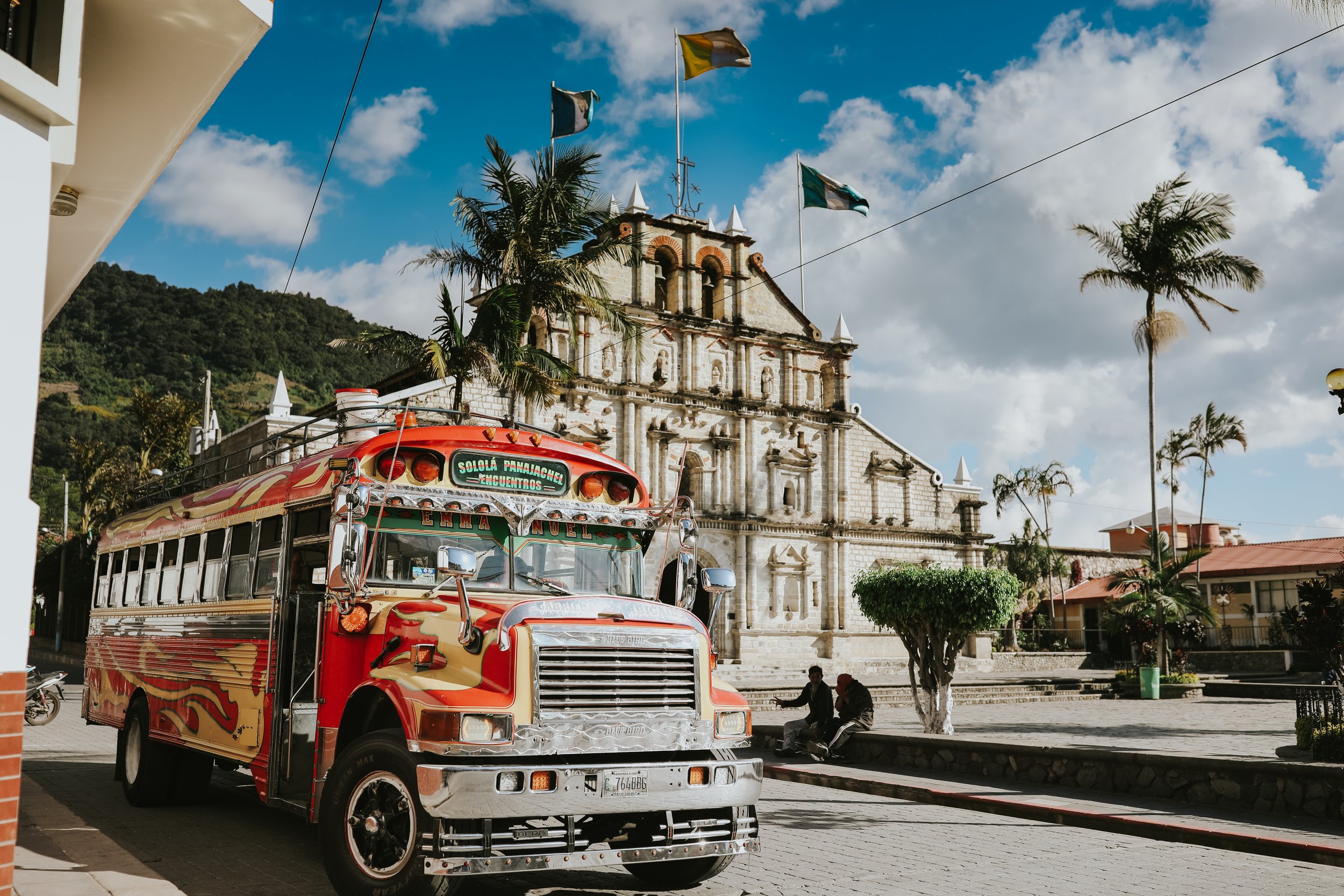

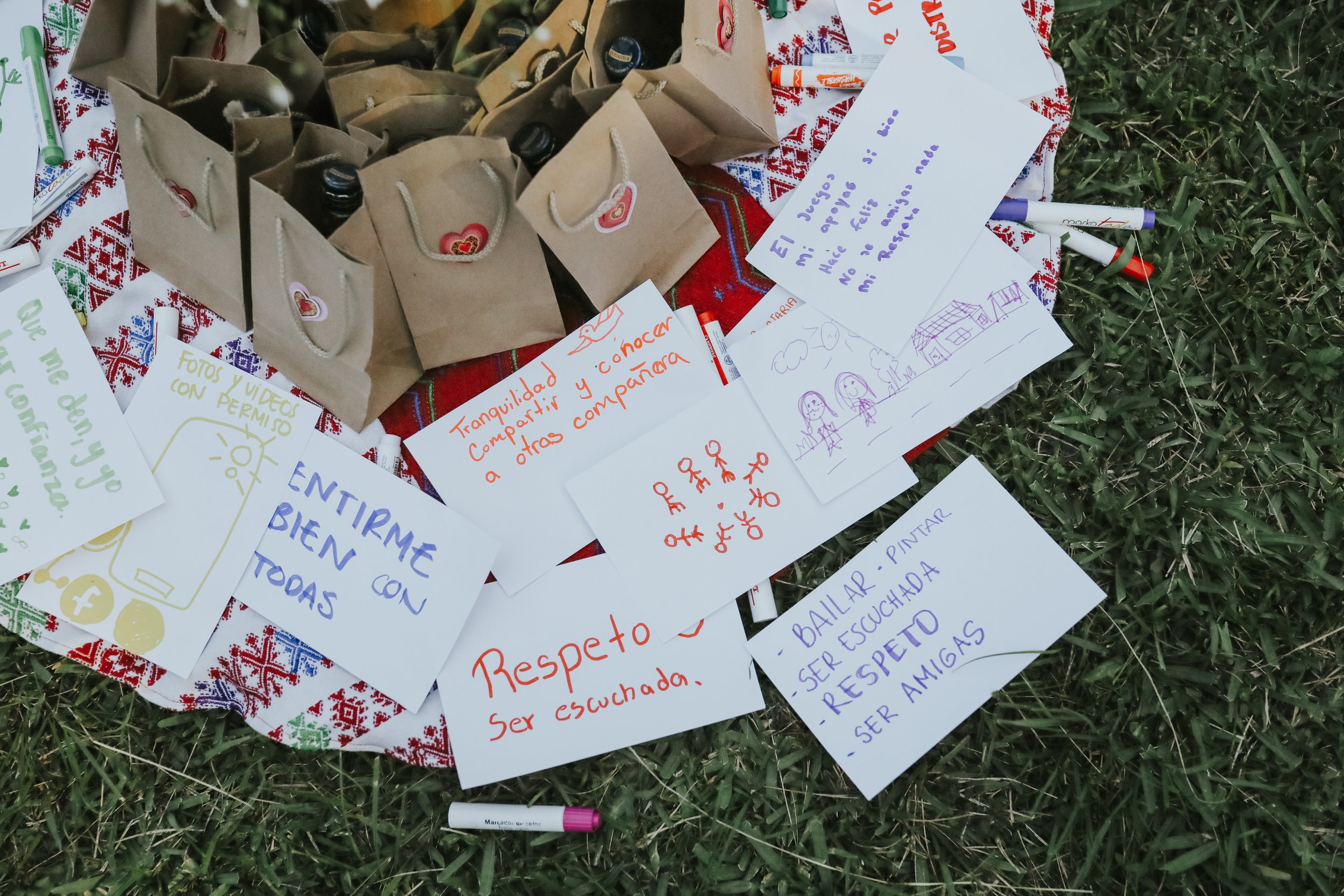
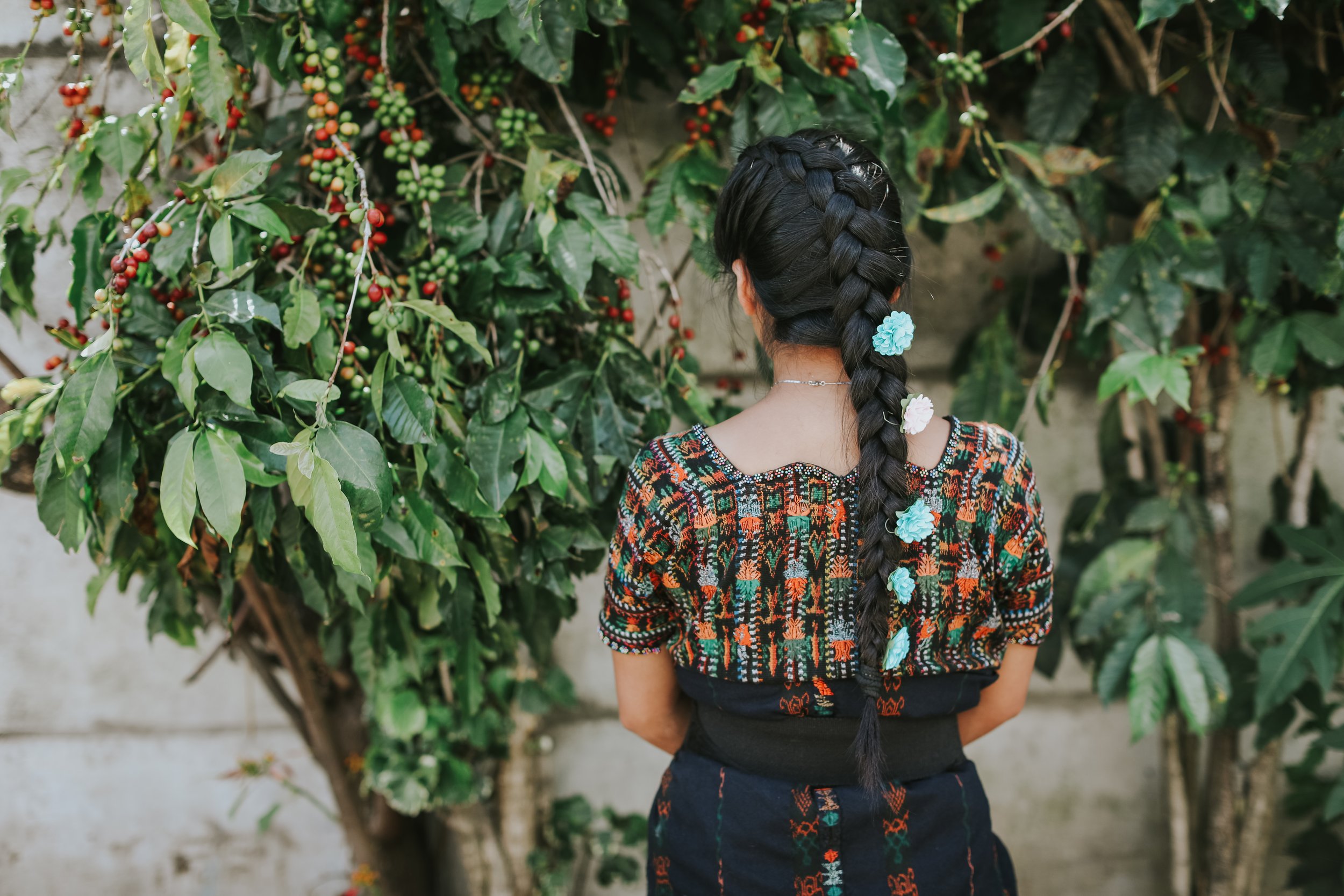
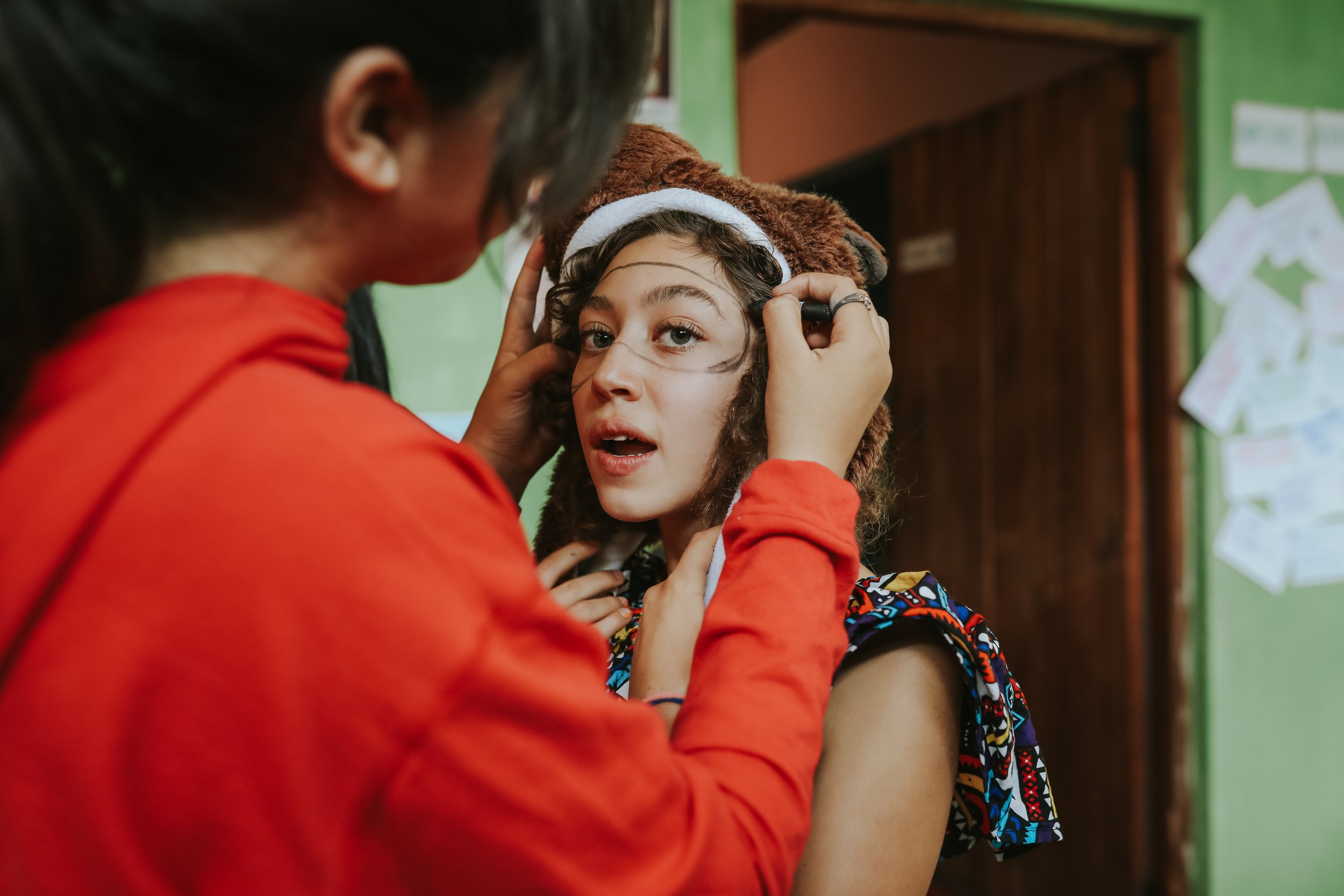
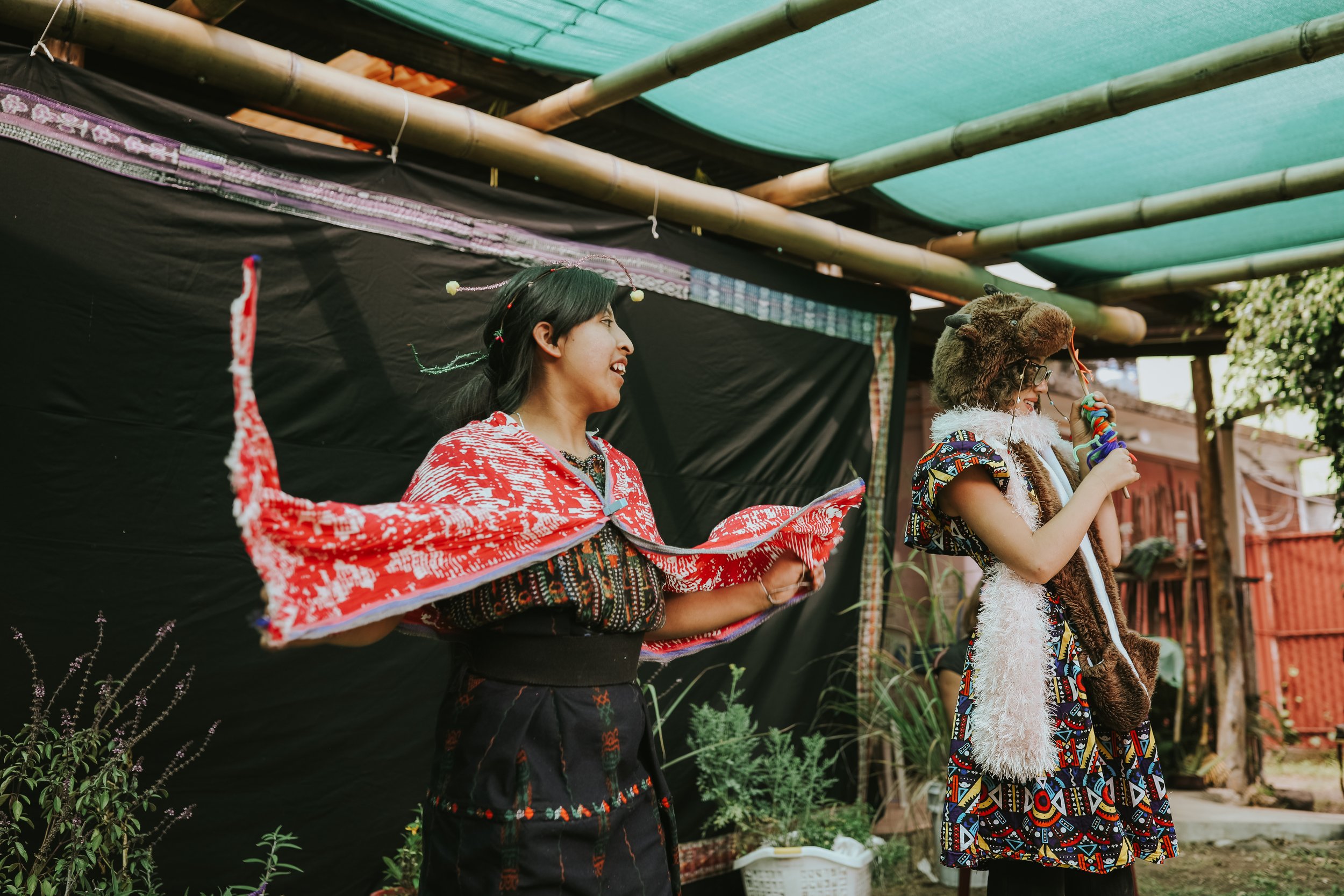

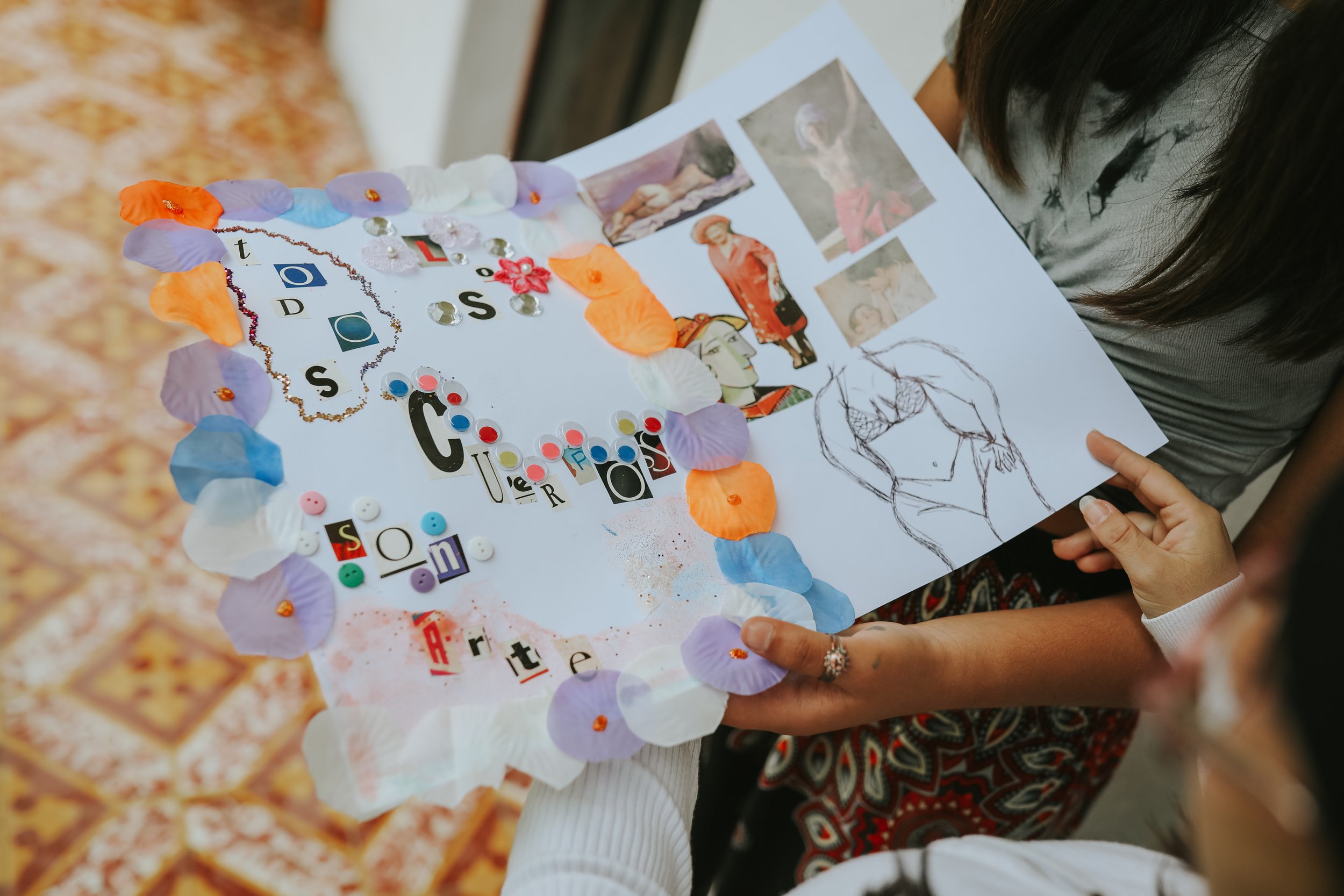
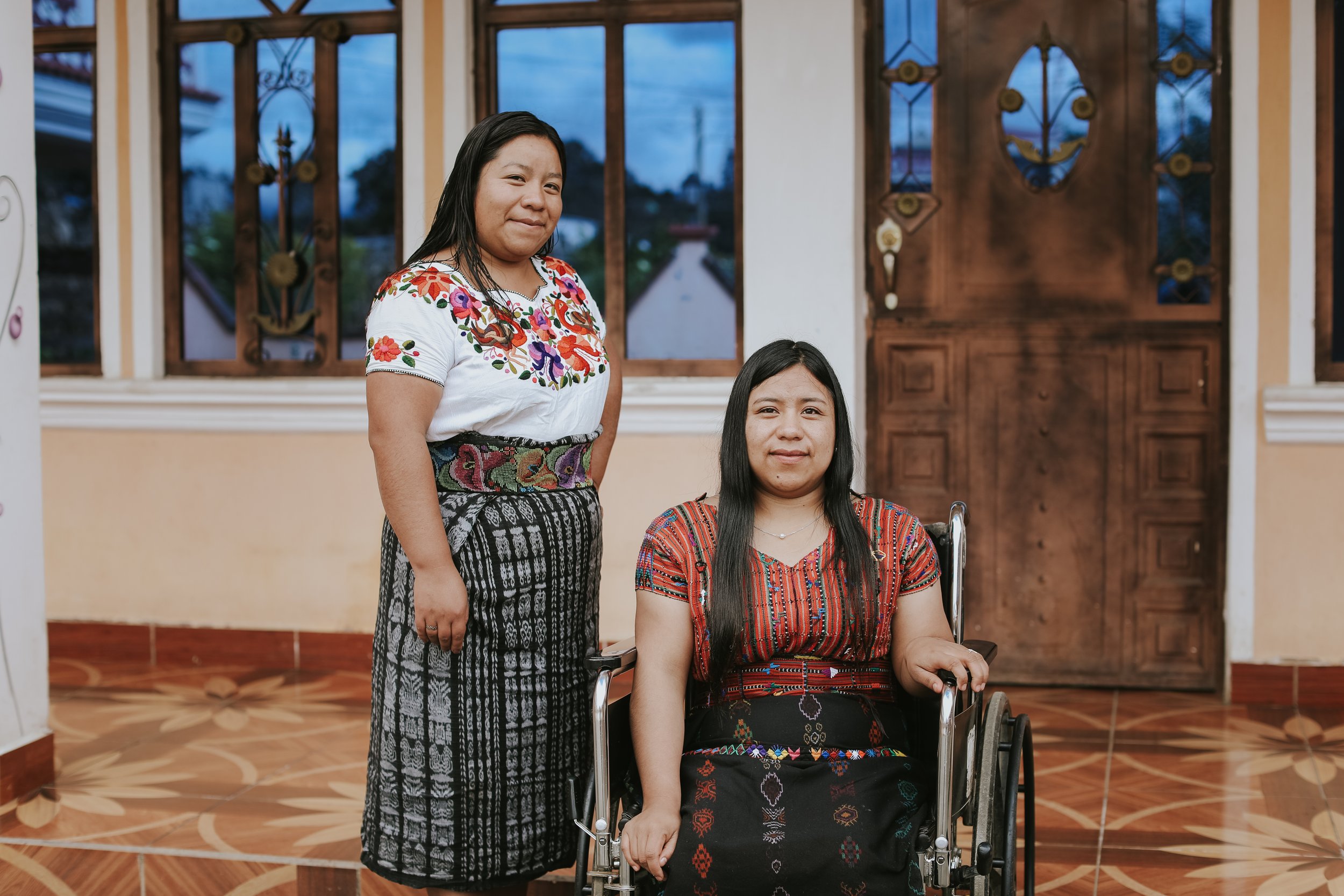
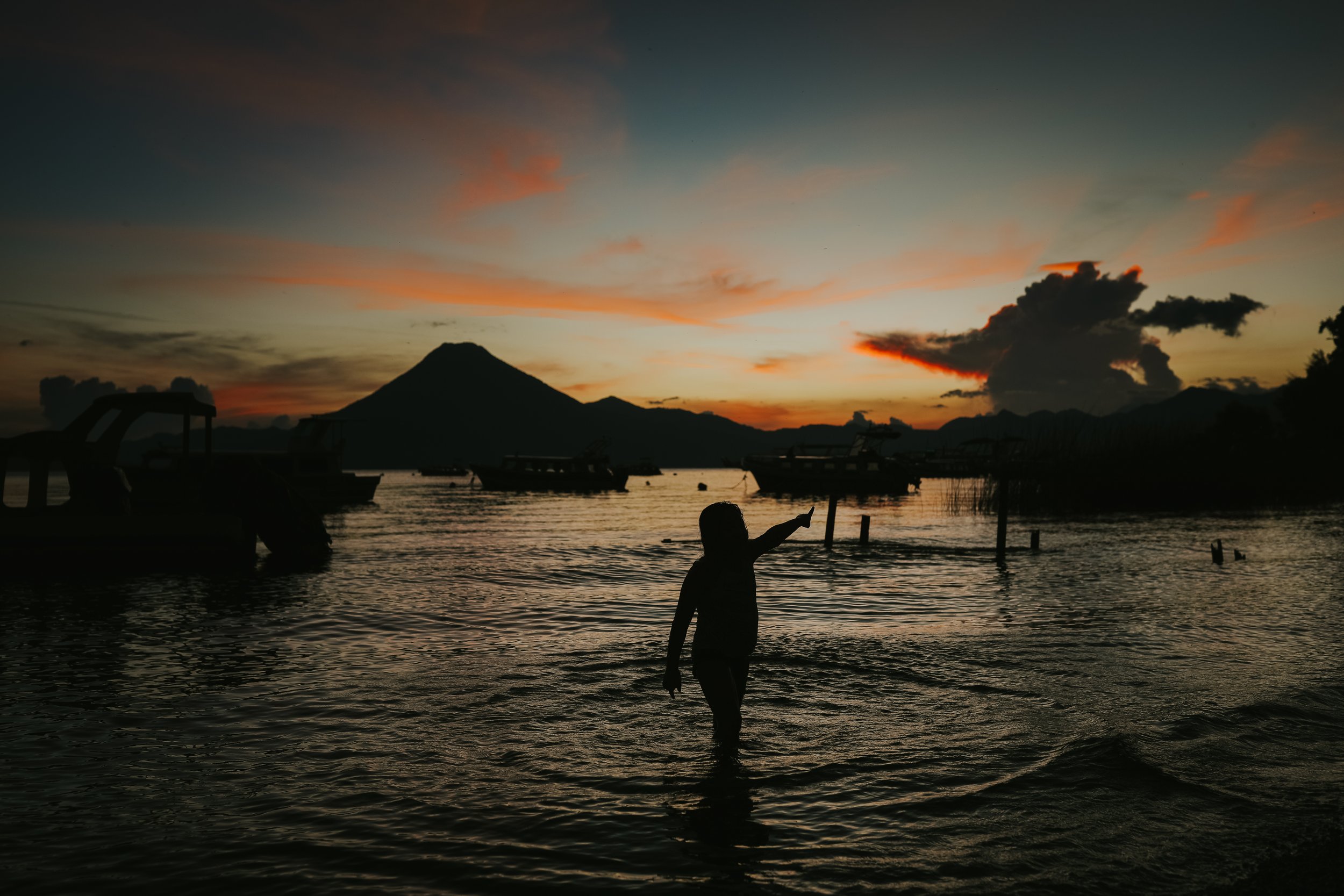
Changing the lives of disabled women in Guatemala through community, storytelling and education
WORDS AND IMAGES BY ROXANNE ENGSTROM
EDITED BY TAMARA BLAZQUEZ HAIK
Many women with disabilities have been excluded from even the most basic parts of life, like dancing. As such, Mujeres con Capacidad de Soñar a Colores (Women with the Capacity to Dream in Colour), a collective made entirely of disabled women, decided to take up space in order to invite community, vulnerability, authenticity, inclusivity, and healing in Sololá, Guatemala.
Every activity within the collective, including sunset boat rides, a mythical forest theatre, and dance parties, are intentionally designed to create community and to allow women with disabilities to fully live their lives. As Valentina, a member of the collective, notes, “Even dancing is a political act itself.”
Mujeres con Capacidad de Soñar a Colores began their work in 2018 as a space for self-support and self-help. The founders had experience working alongside disabled people, but they felt excluded for being young women. Since then, they have been Guatemala’s first collective of and for disabled women.
“Even dancing is a political act itself.”
The collective aims to create friendships for and between women with and without disabilities, to transform social structures that promote discrimination and violence against women with disabilities, and to promote the participation of women with disabilities in decision-making spaces.
During 2022, the collective’s coordinators—and other organizations that they collaborate with—organized a gathering to encourage holistic bodily autonomy through experiential activities, welcoming women from the surrounding area of Sololá and as far away as Petén to take part in the celebration.
Two sign-language interpreters joined the gathering, as there are different regional dialects of sign language in Guatemala, and most participants at this gathering were either hard of hearing or deaf.
The facilitators for the gathering came together from various organizations in the country—Valentina and Mapa from Mujeres Con Capacidad de Soñar a Colores in Sololá, Lucy from Circula in Antigua, and Flora from We Lead in Guatemala City. For Valentina, this work is both personal and professional, but she collaborates with everyone with excellence, affection, and compassion. Building healthy and trustworthy relationships is her priority.
Most of the gathering’s participants are Indigenous women, and the collective is very intentional about creating spaces that include women with any kind of disability or background. They work to create an environment where women are allowed to bring their full selves. They are not merely there to give the participants information, but instead they invite them into experiences designed to help them be more self-reflective.
The gathering’s facilitators were not only leading—they were active participants in each day’s activities as well. As Valentina and Lucy share, “We are not facilitators, photographers, interpreters, assistants, etc. Everyone here is important and we are all invited to experience and collaborate.”
“We are not only a cup that needs to be filled but we have much to pour out also.”
One of the gathering’s goals was to create a gallery. The reason for this, according to Flora, is because “it is important to have a resource, an online museum to share this with others, because we realized women with disabilities have so much to give. We are not only a cup that needs to be filled but we have much to pour out also.”
There are many women sharing their stories within the collective, and Vivian Cecilia Quisquina Coj is one of them. She was invited to be a part of Mujeres con Capacidad de Soñar a Colores in 2019, and since then her life has changed significantly. Vivian shares that joining the collective “has been an incredible change for me because before I never went out of the house.”
As a woman living with a disability that uses a wheelchair, there is a stigma for her in Guatemala. She had never even gone out in public before her involvement with the collective, but now she is able “to break the barrier of not being able to go out into society.”
“I felt alone before, but to see a diversity of women living with disabilities changed me.”
She recalls that “the most important thing was to see other women with disabilities because I felt alone before, but to see a diversity of women living with disabilities changed me.” Vivian’s participation in the collective had more than just a personal impact. The changes in her emotional well-being have also given her the courage to pursue an education for the first time, and she has started studying in secondary school to become a social worker.
As part of the collective, women also learn about sexual and reproductive rights. “It’s something new for me,” Vivian says, “because I never went to school and never got educated on sexual reproduction. I didn’t learn it from my family either.” Vivian shared how empowering education about her body was for her. She reflects, “Even having my first period was very hard. I was very curious about so many things, like I always wanted to understand why a period happens and how you get pregnant.”
Her family used to say that “a woman with disabilities doesn’t need to know those things,” but now Vivian smiles as she says, “Things are a lot better now!” Her sisters also know much more now, and one of them is studying to be a nurse. The women in the collective are together learning more about their sexual and reproductive rights, independence, and bodies.
“I only started to share my story when I heard others sharing and I knew I was not alone, as sharing helps other women.”
Estela Yaxón is another woman in Sololá whose life was changed thanks to Mujeres con Capacidad de Soñar a Colores, even when disability was not always a part of her story. When Estela was only 18, the bus she was on went off a cliff with just her and the driver. They both survived and the driver walked away with just a scar but she was badly injured. ”I found the community when I was feeling very sad and alone. I was closed up in my house and didn’t want to see anyone.”
One year after the accident, she was in a wheelchair. She could not feel her arms or legs at all. She says, “At the beginning, I didn’t want to share my story, but the women at the collective sharing theirs gave me the courage to do so.”
“Mujeres con Capacidad de Soñar a Colores focuses ‘on what each woman needs, not on a diagnosis of what their limitations are.’”
Estela has recovered some of her mobility and now visits another woman with a spine injury that is shut inside her home, afraid to go out. Estela hopes that by telling her story, her friend will find the courage to change her life just as she did.
Estela recounts her story boldly in a world that, as she stated, tries to limit women like her. “I only started to share my story when I heard others sharing and I knew I was not alone, as sharing helps other women.”
Humans were created for community, and true community can change and heal us. The women that form the collective Mujeres con Capacidad de Soñar a Colores are aware of this, and thus they have not only created a safe space for disabled women in Guatemala, but are also encouraging them to take up space and change their lives through storytelling, education, art and dancing. As Valentina stated during the women’s gathering, Mujeres con Capacidad de Soñar a Colores focuses “on what each woman needs, not on a diagnosis of what their limitations are.”
To learn more about the work being done by Mujeres con Capacidad de Soñar a Colores, visit their website or follow them on Facebook or Instagram. See more of Roxanne Engstrom’s work on her website.














